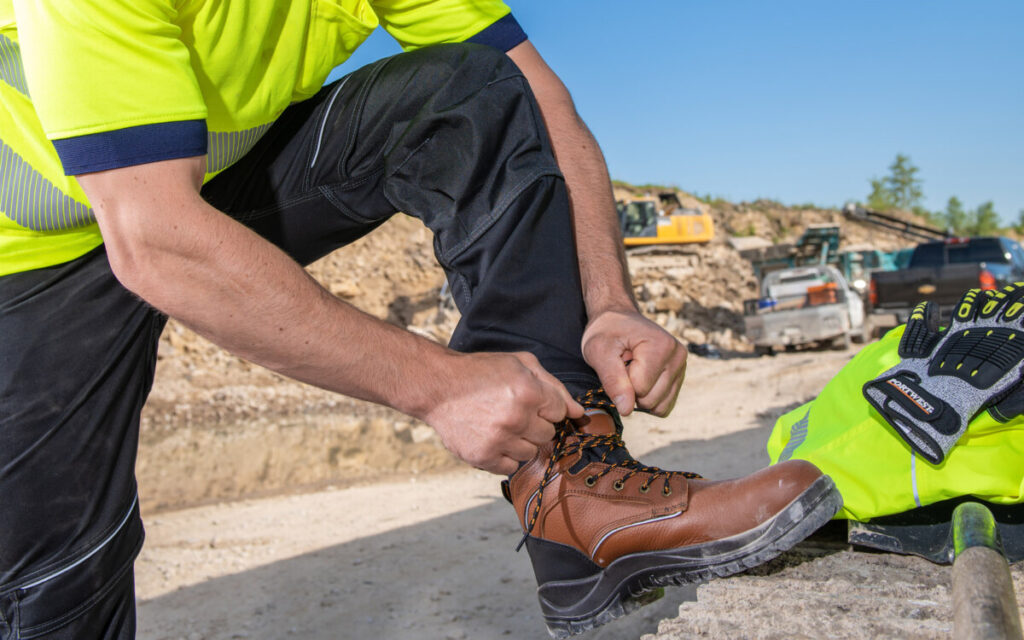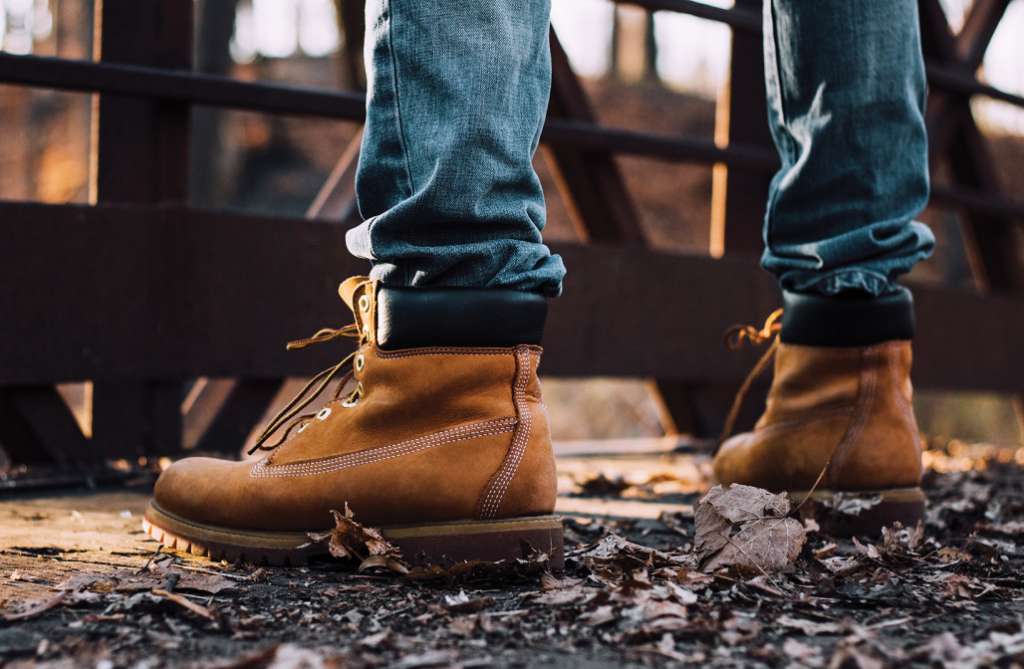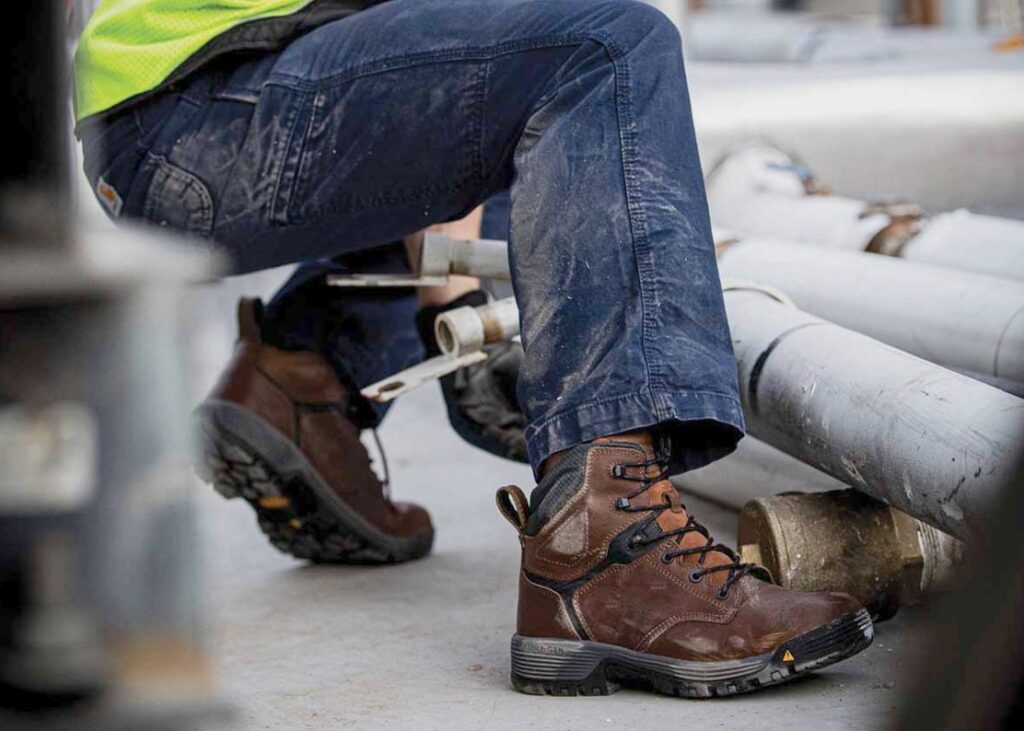
Stepping with Confidence: Features to Look for In a Safety Footwear – 2024 Guide
Safety footwear protects workers’ feet against various hazards, including falling objects, sharp objects, electrical hazards, and slippery surfaces.
This article will discuss the essential features to look for in safety footwear to ensure maximum worker protection.
Choosing the right safety boots or footwear can make a significant difference in preventing injuries and maintaining the overall safety of the workplace.
Compliance with Safety Standards

The first and most crucial feature to look for is compliance with the relevant safety standards. Safety footwear must meet the minimum requirements set by regulatory bodies.
Therefore, checking if the footwear has the appropriate certification or compliance markings before purchasing it is vital. This ensures the footwear has passed the necessary safety tests and provides sufficient protection against hazards.
Slip Resistance
Slips, trips, and falls are among the most common causes of workplace injuries. Safety footwear must have excellent slip resistance to prevent such accidents.
Look for footwear that has slip-resistant outsoles made from materials like rubber, polyurethane, or thermoplastic elastomer (TPE).
The outsoles should also have tread patterns that provide maximum grip and traction on different surfaces, including wet or oily floors.
Toe Protection

Construction, manufacturing, and mining workers are at risk of injuries from falling objects, rolling equipment, and other hazards that can crush or puncture the toes.
Therefore, safety footwear must have toe protection features, such as steel toe caps, composite toe caps, or aluminum toe caps. These toe caps provide a sound barrier that absorbs and deflects the impact of falling or rolling objects, preventing severe toe injuries.
Electrical Hazard Protection
Workers in industries that deal with electricity or electrical equipment are at risk of electrical hazards that can cause electric shock, electrocution, or burns.
Safety footwear must have electrical hazard protection features that prevent electrical current from flowing through the footwear to the worker’s body.
Puncture Resistance
Workers in industries that deal with sharp objects or hazardous materials are at risk of puncture injuries that can cause severe wounds and infections.
Safety footwear must have puncture-resistant features, such as plates made from steel, composite materials, or Kevlar, to prevent sharp objects from penetrating the sole of the footwear.
This protects the worker’s feet from injury and prevents harmful material from spreading into the workplace.
Comfort and Fit

Comfort and fit are essential features to look for in safety footwear. Workers often wear safety footwear for extended periods, and poorly fitting footwear can cause discomfort, blisters, and foot injuries.
Look for footwear with a comfortable insole, arch support, and proper cushioning to reduce fatigue and ensure comfort. The footwear should also have a proper fit that provides enough room for the toes to move and prevents slippage or rubbing against the skin.
Durability
Safety footwear is subjected to harsh working conditions, including exposure to chemicals, extreme temperatures, and abrasive surfaces.
Therefore, it must be durable enough to withstand such conditions and provide long-lasting protection to workers.
Look for footwear made from high-quality materials, such as leather, synthetic materials, or rubber, that can withstand wear and tear and last for an extended period.
Summing Up

Choosing the right safety boots or footwear with the necessary features ensures maximum worker protection and helps maintain workplace safety.
Some critical features to look for in safety footwear include compliance with safety standards, slip resistance, toe protection, electrical hazard protection, puncture resistance, comfort, and fit, and durability.
